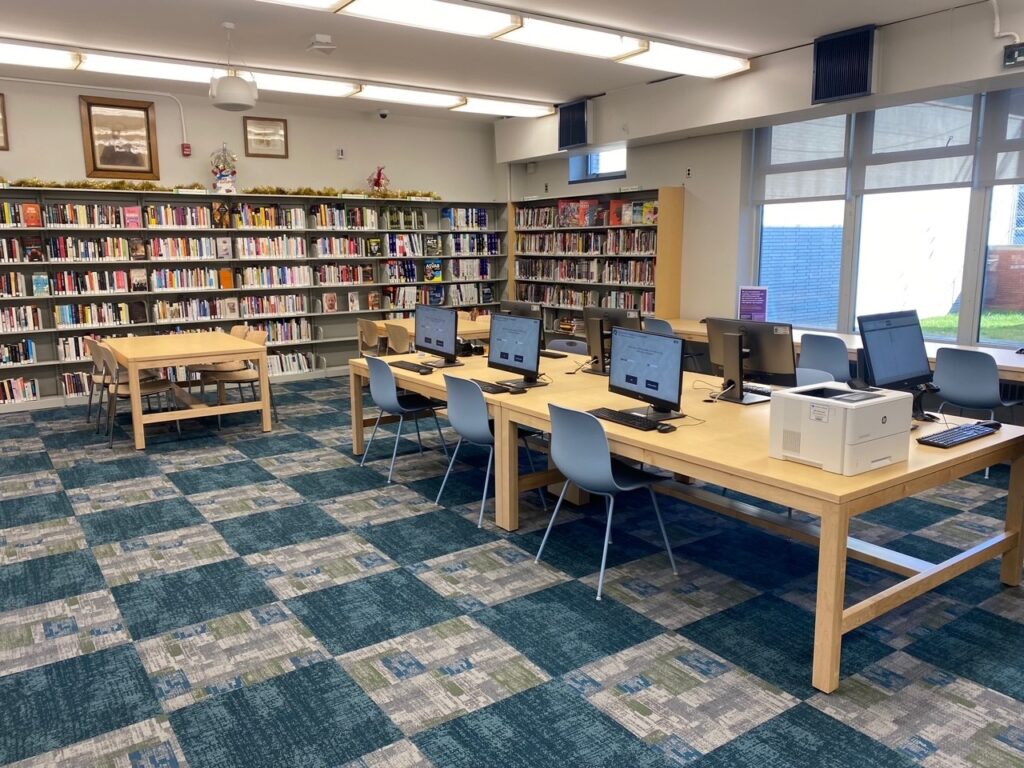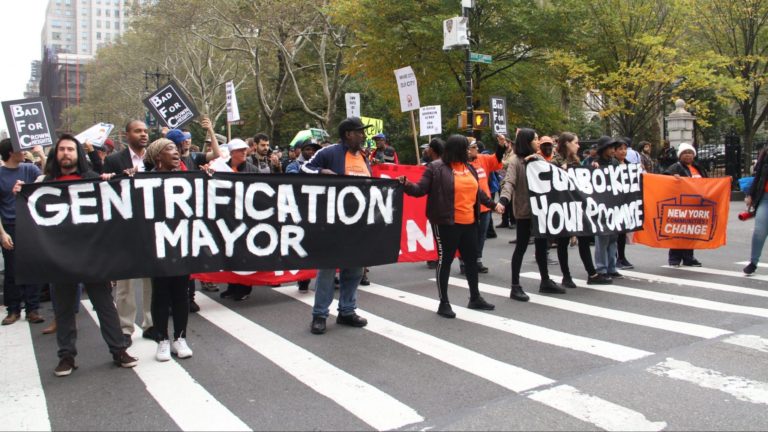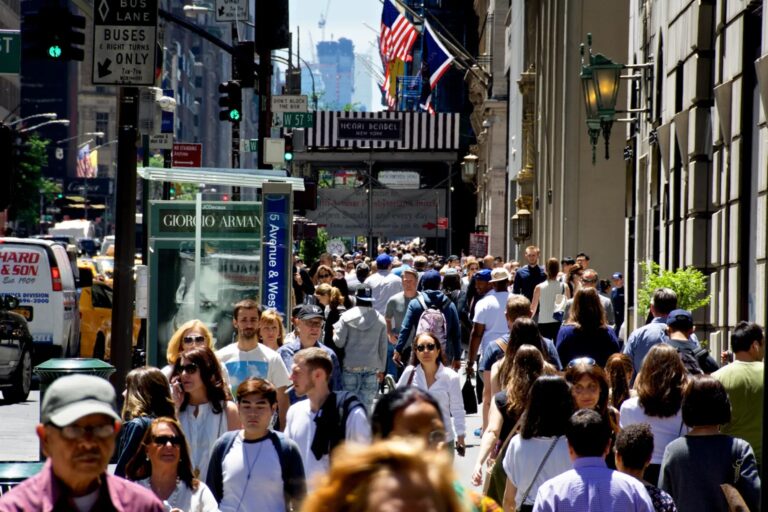
School board meetings and libraries have been transformed into battlefields, with books as the casualties. What was once an occasional challenge here and there has since turned into an organized movement to challenge and remove books from classrooms and library shelves everywhere. Almost always, the books in question have been on racism, gender, and history.
Republican state legislatures and conservative groups like Moms for Liberty have led the charge, with nearly 6,000 instances of book bans since 2021 according to PEN America, affecting millions of students across the country. This includes books such as Gender Queer by Maia Kobabe as well as The Hate U Give by Angie Thomas, on the grounds of “explicit and indecent content” and “anti-police views” respectively. Florida and Texas are notable examples of Republican-led states leading the effort to ban books, with both topping the list of states with the highest number of book bans from July 2021 to June 2023.
While book banning has been a right-wing affair, there is more than one way to limit access to books. New York City libraries have seen their budgets slashed in recent months, from $36.2 million a year to $12.6 million a year, forcing libraries across the city to close on Sundays. And it isn’t only hours being cut. Library materials, programming, and building maintenance at various libraries will also be limited to reduce spending.
Sundays, in particular, are a popular day for visitors, as noted by the New York Public Library (NYPL). From students getting assignments done to parents spending an afternoon with their children, the library is always bustling with activity on Sundays. That’s what made these budget cuts so harmful in the first place: they had an immediate impact on thousands of library patrons.
The City’s three public library systems—Brooklyn Public Library, Queens Public Library, and NYPL—service millions of patrons every year. These libraries’ services are essential for children, adults, and the elderly. From storytimes and homework help to language classes and digital literacy workshops, thousands of New Yorkers depend on these free public services. And of course, libraries give students access to thousands of books of all genres, from nonfiction to fantasy. Budgetary cuts threaten access to knowledge and education for students across the five boroughs.
Linda Johnson, President and CEO of Brooklyn Public Library, believes that budget cuts are “doing to New Yorkers exactly what some of these right-wing groups are doing to communities across the country.”
And it isn’t only books and classes. Libraries in the city have historically been safe havens in the summer for residents who don’t have access to air conditioning. Libraries provide access to computers, printers, and the internet to those who can’t afford their own. And libraries don’t discriminate: immigration status isn’t required to get a library card. For the working class, libraries are not only bastions of learning, they are a lifeline.
Mayor Eric Adams originally proposed budget cuts that would have forced NYC libraries to close on both Saturday and Sunday. This led to a #NoCutsToLibraries campaign last spring that successfully restored funding to public libraries for 2024. But Adams reintroduced similar budget cuts anyway last fall, citing increasing costs due to the rise in asylum seekers. Meanwhile, funding for the NYPD has recently been restored, which already costs New Yorkers $29 million a day. In contrast, City libraries now have an annual budget of less than $13 million. The recent deployment of the National Guard in our subways while public infrastructure continues to crumble further underscores the extravagance of such excessive spending.
Ironically enough, the mayor floated the idea of converting libraries into temporary migrant shelters last year. The plan received pushback, however, from multiple city officials on both sides of the aisle and ultimately did not come to fruition. But as the City’s libraries have struggled due to surging demand for services—in part due to migrants, for whom the library is often a first stop—Adams’ callous disregard is clear.
If the Mayor is serious about making New York safer, he should reinstate funding for the City’s libraries. They not only provide services for residents and accessible public spaces, but they are also essential in addressing the migrant crisis. More cops are not the answer, especially as officers are not trained to provide social services. Many migrants have turned to library staff for help upon arrival with everything from applying for jobs to finding housing. Tearing away safe spaces will only make it more difficult for newly arrived migrants to adjust and settle into their new lives—not to mention the harm done to NYC residents as a whole.
At a time when misinformation and distrust in mainstream media are at an all-time high, banning books and cutting access to libraries is a barrier to intellectual freedom. It’s part of a larger trend of devaluing teachers, librarians, books, and ultimately, education. The free flow of information is necessary for fostering a healthy, democratic society. And clearly, the war on books is no longer a partisan affair. Defunding libraries has many ripple effects, not only limiting access to books and library services but ultimately reducing the safe public spaces that are truly free. Schools have become political playgrounds while social media is now a cesspool of hate and division. Spaces that are open and inclusive like libraries are increasingly rare, which is all the more reason to make sure we can keep their doors open.
NYC is one of the most liberal cities in America, but we have set a dangerous precedent. After all, why ban books when it’s cheaper to defund libraries?



